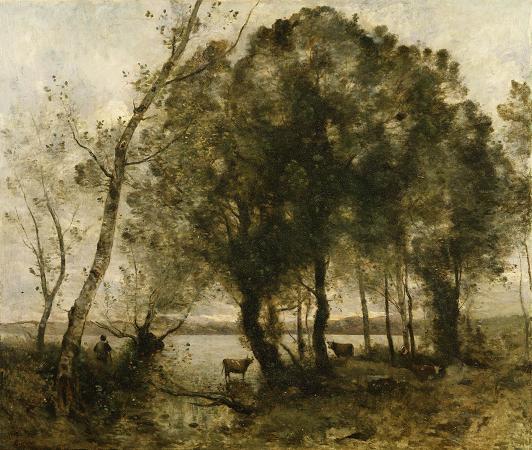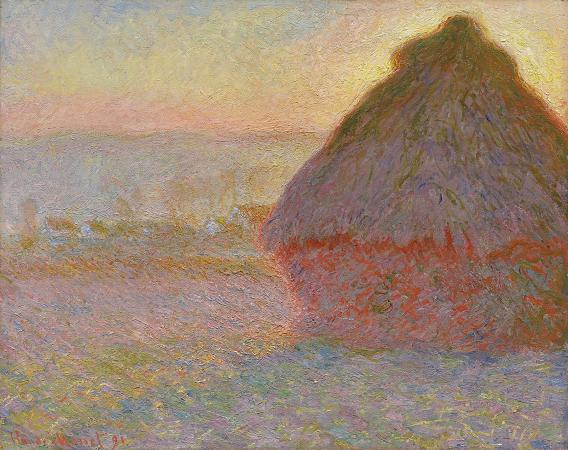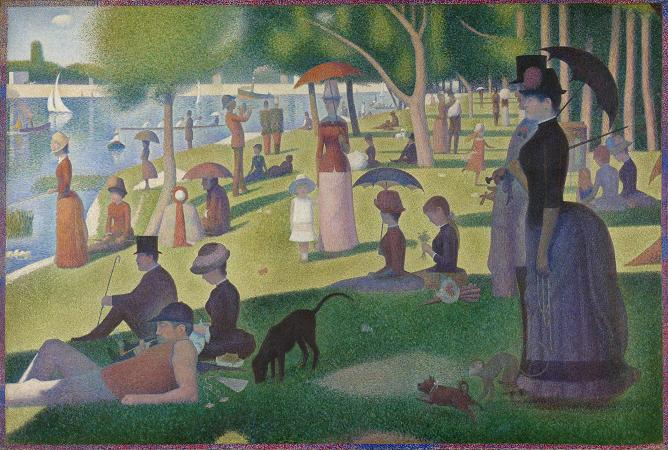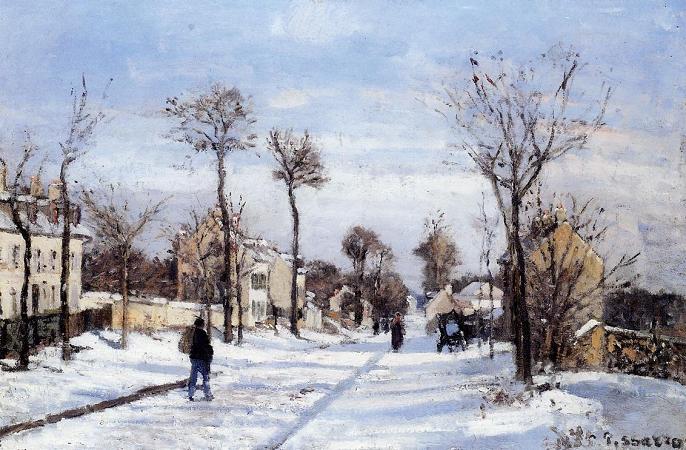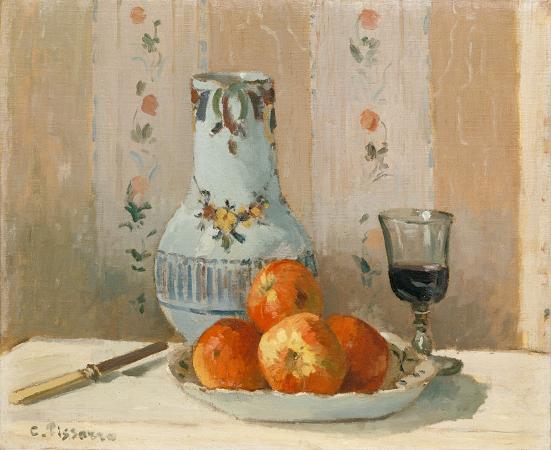Camille Pissarro (1830 - 1903). Camille Pissarro was a Danish-French Impressionist and Neo-Impressionist painter born on the island of St Thomas. His importance resides in his contributions to both Impressionism and Post-Impressionism. Pissarro studied from great forerunners, including Gustave Courbet and Jean-Baptiste-Camille Corot. He later studied and worked alongside Georges Seurat and Paul Signac when he took on the Neo-Impressionist style at the age of 54. In 1873 he helped establish a collective society of fifteen aspiring artists, becoming the pivotal figure in holding the group together and encouraging the other members. Art historian John Rewald called Pissarro the dean of the Impressionist painters, not only because he was the oldest of the group, but also by virtue of his wisdom and his balanced, kind, and warmhearted personality. Paul Cézanne said he was a father for me. A man to consult and a little like the good Lord, and he was also one of Paul Gauguin's masters. Pierre-Auguste Renoir referred to his work as revolutionary, through his artistic portrayals of the common man, as Pissarro insisted on painting individuals in natural settings without artifice or grandeur. Pissarro is the only artist to have shown his work at all eight Paris Impressionist exhibitions, from 1874 to 1886. He acted as a father figure not only to the Impressionists but to all four of the major Post-Impressionists, Georges Seurat, Paul Cézanne, Vincent van Gogh, and Paul Gauguin. Jacob Abraham Camille Pissarro was born on 10 July 1830 on the island of St. Thomas to Frederick and Rachel Manzano de Pissarro. His father was of Portuguese Jewish descent and held French nationality. His mother was from a French-Jewish family from the island of St. Thomas. His father was a merchant who came to the island from France to deal with the hardware store of a deceased uncle, Isaac Petit, and married his widow. The marriage caused a stir within St. Thomas' small Jewish community because she was previously married to Frederick's uncle and according to Jewish law a man is forbidden from marrying his aunt. In subsequent years his four children attended the all-black primary school. Upon his death, his will specified that his estate be split equally between the synagogue and St. Thomas' Protestant church. When Camille was twelve his father sent him to boarding school in France. He studied at the Savary Academy in Passy near Paris. While a young student, he developed an early appreciation of the French art masters. Monsieur Savary himself gave him a strong grounding in drawing and painting and suggested he draw from nature when he returned to St. Thomas, which he did when he was seventeen. However, his father preferred he work in his business, giving him a job working as a cargo clerk. He took every opportunity during those next five years at the job to practise drawing during breaks and after work. When Pissarro turned twenty-one, Danish artist Fritz Melbye, then living on St. Thomas, inspired him to take on painting as a full-time profession, becoming his teacher and friend. Pissarro then chose to leave his family and job and live in Venezuela, where he and Melbye spent the next two years working as artists in Caracas and La Guaira. He drew everything he could, including landscapes, village scenes, and numerous sketches, enough to fill up multiple sketchbooks. In 1855 he moved back to Paris where he began working as assistant to Anton Melbye, Fritz Melbye's brother. In Paris he worked as assistant to Danish painter Anton Melbye. He also studied paintings by other artists whose style impressed him: Courbet, Charles-François Daubigny, Jean-François Millet, and Corot. He also enrolled in various classes taught by masters, at schools such as École des Beaux-Arts and Académie Suisse. But Pissarro eventually found their teaching methods stifling, states art historian John Rewald. This prompted him to search for alternative instruction, which he requested and received from Corot. His initial paintings were in accord with the standards at the time to be displayed at the Paris Salon, the official body whose academic traditions dictated the kind of art that was acceptable. The Salon's annual exhibition was essentially the only marketplace for young artists to gain exposure. As a result, Pissarro worked in the traditional and prescribed manner to satisfy the tastes of its official committee. In 1859 his first painting was accepted and exhibited. His other paintings during that period were influenced by Camille Corot, who tutored him. He and Corot both shared a love of rural scenes painted from nature.
more...

